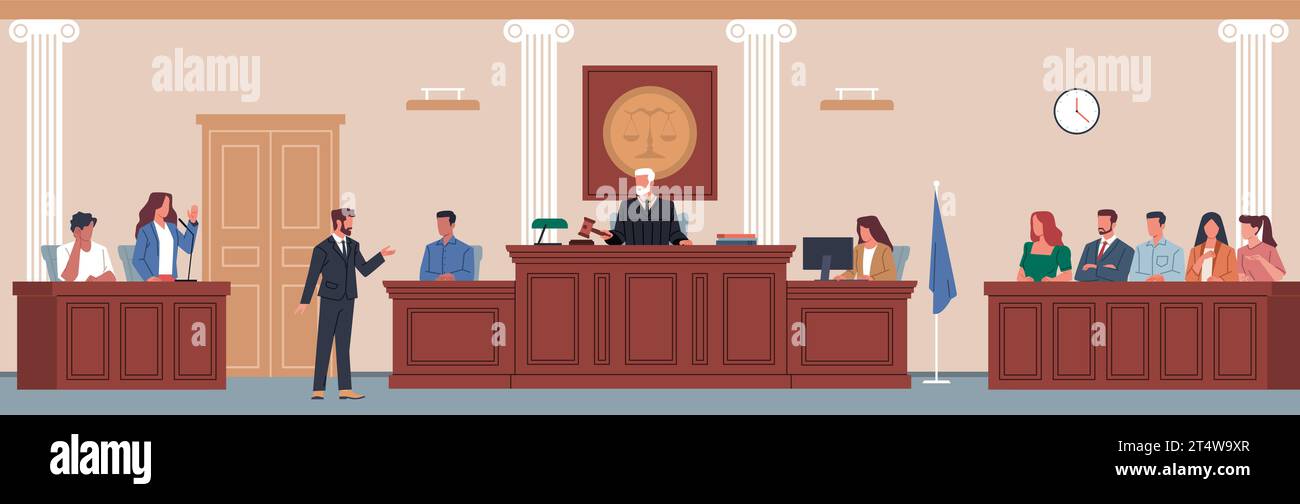Legal professionals use custom trial presentations to support their cases.
Legal professionals use custom trial presentations to support their cases.
Blog Article
Exactly How Test Presentations Enhance Your Argument and Encourage Jurors
Test presentations offer as a pivotal system for boosting lawful arguments and encouraging jurors. By integrating visual aids, narrative frameworks, and emotional interaction, attorneys can produce an engaging situation that resonates on numerous levels. The critical usage of visuals not only clarifies intricate information but also captures jurors' attention better than words alone. Nonetheless, the art of narration plays a similarly critical function in changing accurate proof right into an engaging story, shaping jurors' assumptions - trial presentations. Recognizing these elements can significantly affect test end results, elevating the inquiry of just how each part adds to this detailed dynamic.

Value of Visual Aids
Visual help play a critical function in improving the performance of test discussions, as they can substantially enhance audience interaction and retention of details. In the context of a trial, where jurors are entrusted with processing complex details, aesthetic aids serve to streamline and make clear bottom lines. Graphes, graphs, and pictures can share information and ideas that may otherwise overwhelm or perplex jurors, enabling a more straightforward understanding of the proof offered.
Moreover, visual aids assist in maintaining juror focus throughout the process. By breaking the monotony of verbal testimony, these devices can stress vital debates, making them much more remarkable. Effective aesthetic aids can also evoke psychological reactions, which can be crucial in encouraging jurors to line up with the speaker's story.

Crafting Compelling Stories
A compelling narrative is vital in test presentations, as it functions as the foundation of efficient persuasion. It enables lawyers to weave with each other truths, proof, and emotional elements into a meaningful story that resonates with jurors. This narrative structure makes it possible for jurors to recognize the intricacies of the situation while guiding them via the attorney's argument.
To craft a compelling story, attorneys must concentrate on clarity and coherence. This entails establishing a clear protagonist-- commonly the customer-- and outlining their journey with the events in question. Providing the facts in a logical sequence enhances comprehension and maintains involvement. Furthermore, using vivid summaries can produce psychological photos that help jurors imagine the events, making the story more memorable.
Moreover, integrating essential styles throughout the discussion strengthens the core message and aids in retention - trial presentations. The narrative should not just communicate details but also evoke a sense of justice, highlighting the stakes involved. Eventually, a well-constructed story cultivates a link in between the jurors and the situation, positioning the lawyer's argument as both qualified and engaging, consequently increasing Learn More the probability of a favorable decision

Engaging the Court Emotionally
Reliable court engagement depends upon the attorney's capability to get in touch with jurors on a psychological level. This link can substantially influence jurors' understandings and their ultimate decision-making. Utilizing sob stories allows attorneys to humanize the situation, transforming abstract lawful ideas into relatable experiences. By presenting real-life stories or testimonies, lawyers can stimulate empathy and concern, cultivating a deeper understanding of the issues at risk.
Aesthetic help, such as photographs or videos, can additionally enhance psychological interaction, supplying jurors with vivid representations of the situation's human components. Crafting a story that highlights the struggles and triumphs of the individuals entailed guarantees that jurors see past the legal arguments and recognize the human effects of their choices.
An attorney's passionate delivery can resonate with jurors, strengthening their emotional financial investment in the instance. It's essential to stabilize psychological allures with factual evidence, making certain that jurors really additional resources feel compelled to act while staying based in the reality.
Structuring Your Presentation

The body of the presentation ought to be practically segmented into bottom lines, each sustained by compelling proof. It is valuable to make use of narration methods to weave realities into a story that jurors can conveniently follow. Aesthetic aids, such as charts and video clips, can boost understanding and interaction, helping to highlight crucial pieces of proof.
Real-World Study
Taking a look at real-world instance studies supplies important understandings into the art of trial presentations and persuasion. The defense team efficiently employed a method that combined top-level professional statements with multimedia presentations, which astounded jurors and eventually influenced their choice.
Another notable instance is the "McDonald's Coffee Situation," where the plaintiff's attorneys made use of graphic images of the injuries sustained by Stella Liebeck. trial presentations. This stark visual proof played a crucial function in sharing the seriousness of her burns, resulting in a considerable jury award. Such cases demonstrate that impactful trial discussions often depend upon the effective combination of visuals and storytelling to evoke try this website psychological actions from jurors
Moreover, the "Casey Anthony Test" highlighted the significance of narrative coherence and reliability. The prosecution's failure to establish an engaging timeline lessened their persuasive power, emphasizing the necessity of a well-structured presentation. Analyzing these instances exposes that effective test discussions call for tactical preparation, emotional interaction, and the ability to reverberate with jurors' values and beliefs.
Final Thought
Trial discussions substantially enhance debates and persuade jurors via the calculated use visual help, engaging stories, and psychological engagement. By simplifying complicated details and promoting links with the target market, these aspects produce a remarkable and impactful experience. A well-structured presentation balances sob stories with accurate evidence, ultimately resonating with jurors' values. The combination of these methods not only affects decision-making but also underscores the relevance of reliable interaction in the courtroom.
Report this page